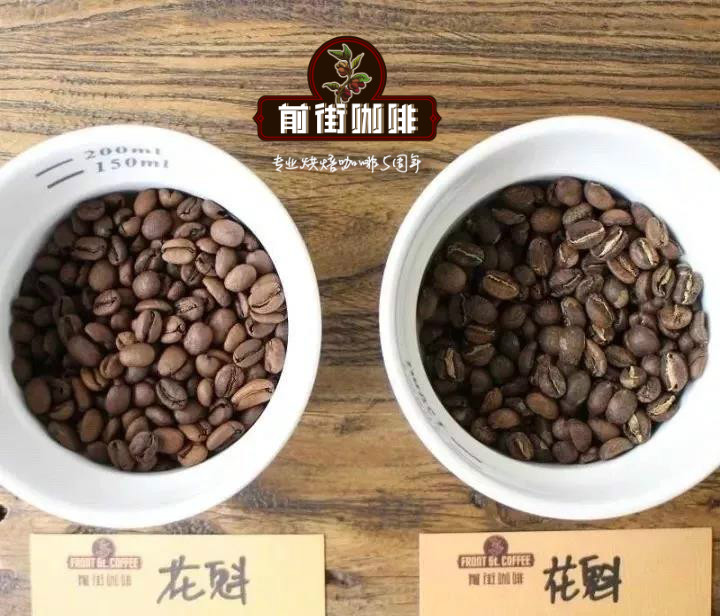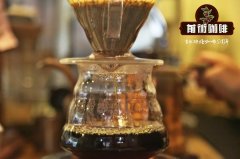Can unbaked raw beans be re-germinated?

Professional coffee knowledge exchange more coffee bean information please follow the coffee workshop (Wechat official account cafe_style)
Although the answer is "no", because in theory, if the parcement is removed, it will not sprout, so the raw coffee beans are removed before they are exported. But the reality is that unhulled coffee beans sometimes sprout, at least when sowing in the production area, the brown farmers will remove the hard shell of the seeds and put them into the mud to help the seeds germinate, because if they do not break through the endocarp, the new buds cannot grow, so the endocarp is an encumbrance on a certain level.
However, raw beans imported from overseas must be a different matter. After peeling off the shell, although the germination rate of raw beans is very high in a short period of time, it is also easy to cause the germ to dry. Over time, the germination ability of germs will gradually decline, and even for Arabica species with endocarp shells, the germination rate will decline all the way to zero after about half a year. In general, in order to avoid mildew during the period from endocarp peeling to export, raw beans are dried so that the water content is less than 12%, which is why almost all the raw beans we see do not sprout.
It takes a long time for coffee trees to germinate, usually one to two months. When the temperature is low, or in the dry autumn and winter season, it takes nearly three months to see small buds emerge from the soil. At this time, the dicotyledons at the front of the buds are still covered with endocarp shells. We can imagine the shape at this time as "bean sprouts" sold in the market. However, coffee buds are not fragile at all, and the stems of coffee beans are upright and will grow straight up. Also because of this shape, this stage of coffee beans in Central and South America is called "Fosforo" (Spanish match). After the coffee buds continue to grow, the dicotyledons will break through the endocarp and emerge. After growing into seedlings, the dicotyledons will be transplanted to the manor and cultivated into coffee trees.
Important Notice :
前街咖啡 FrontStreet Coffee has moved to new addredd:
FrontStreet Coffee Address: 315,Donghua East Road,GuangZhou
Tel:020 38364473
- Prev

Coffee knowledge | what does mocha coffee history and mocha coffee mean? How much is the mocha coffee?
For information, please pay attention to the coffee workshop (Wechat official account cafe_style) mocha coffee (Mocha Cafe) is one of the oldest coffee, its history can be traced back to the origin of coffee. It is a mixture of Italian espresso, chocolate sauce, whipped cream and milk. Mocha gets its name from the famous port of Mocha. In the 15th century, the outward transportation industry did not flourish throughout the coffee countries in Central and East Africa.
- Next

The flavor and taste of Rwandan coffee describes the mysterious and low-key volcanic coffee of Rwandan coffee
Professional coffee knowledge exchange more coffee bean information please follow coffee workshop (Wechat official account cafe_style) Rwanda coffee mysterious and low-key volcanic coffee Rwanda is a small landlocked country in East Africa, it has hilly terrain, fertile land, and ancient bourbon species, quality coffee beans can be found everywhere in Rwanda. As a result of the war and massacres, the small coffee farmers
Related
- Detailed explanation of Jadeite planting Land in Panamanian Jadeite Manor introduction to the grading system of Jadeite competitive bidding, Red bid, Green bid and Rose Summer
- Story of Coffee planting in Brenka region of Costa Rica Stonehenge Manor anaerobic heavy honey treatment of flavor mouth
- What's on the barrel of Blue Mountain Coffee beans?
- Can American coffee also pull flowers? How to use hot American style to pull out a good-looking pattern?
- Can you make a cold extract with coffee beans? What is the right proportion for cold-extracted coffee formula?
- Indonesian PWN Gold Mandrine Coffee Origin Features Flavor How to Chong? Mandolin coffee is American.
- A brief introduction to the flavor characteristics of Brazilian yellow bourbon coffee beans
- What is the effect of different water quality on the flavor of cold-extracted coffee? What kind of water is best for brewing coffee?
- Why do you think of Rose Summer whenever you mention Panamanian coffee?
- Introduction to the characteristics of authentic blue mountain coffee bean producing areas? What is the CIB Coffee Authority in Jamaica?

